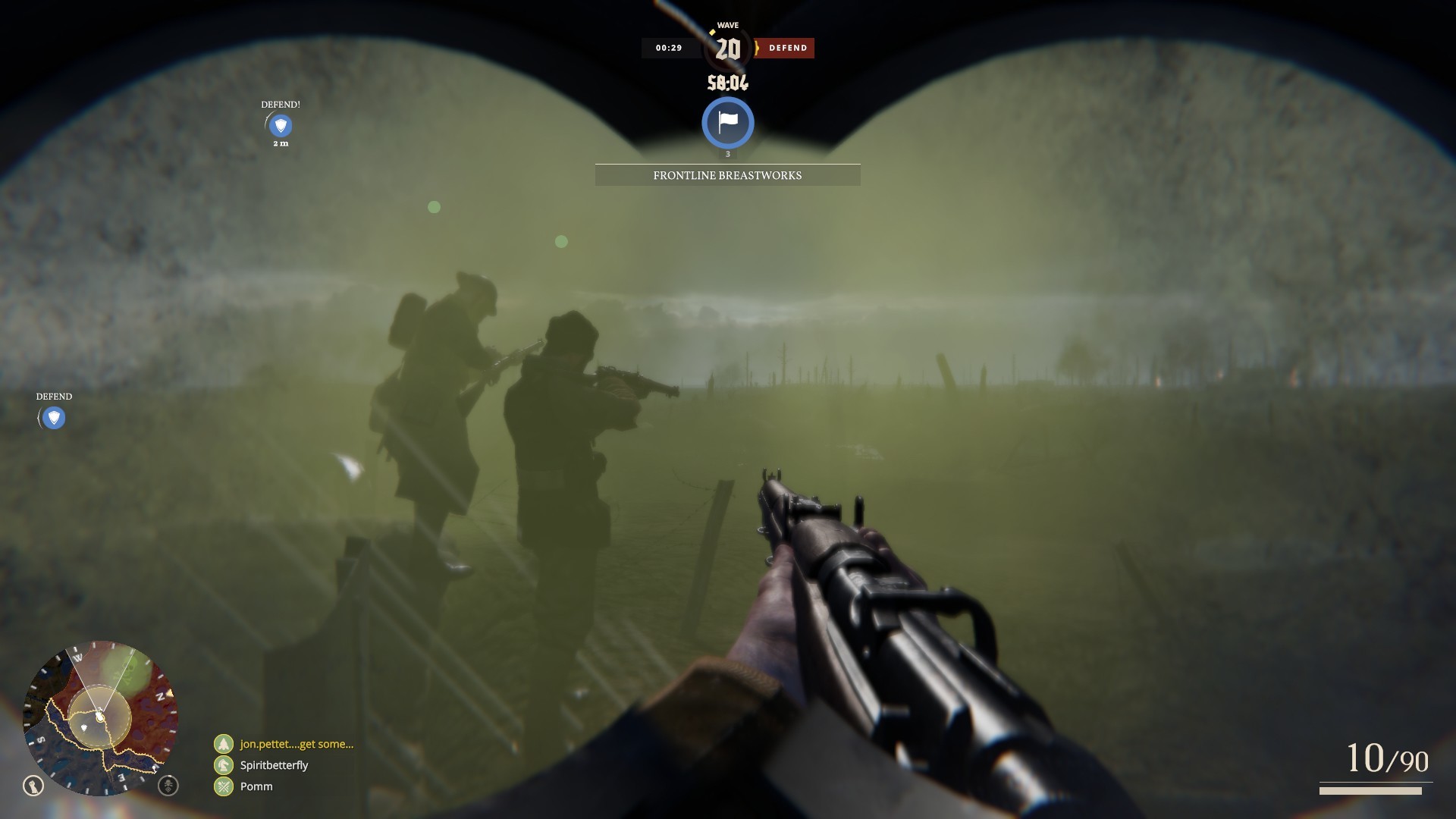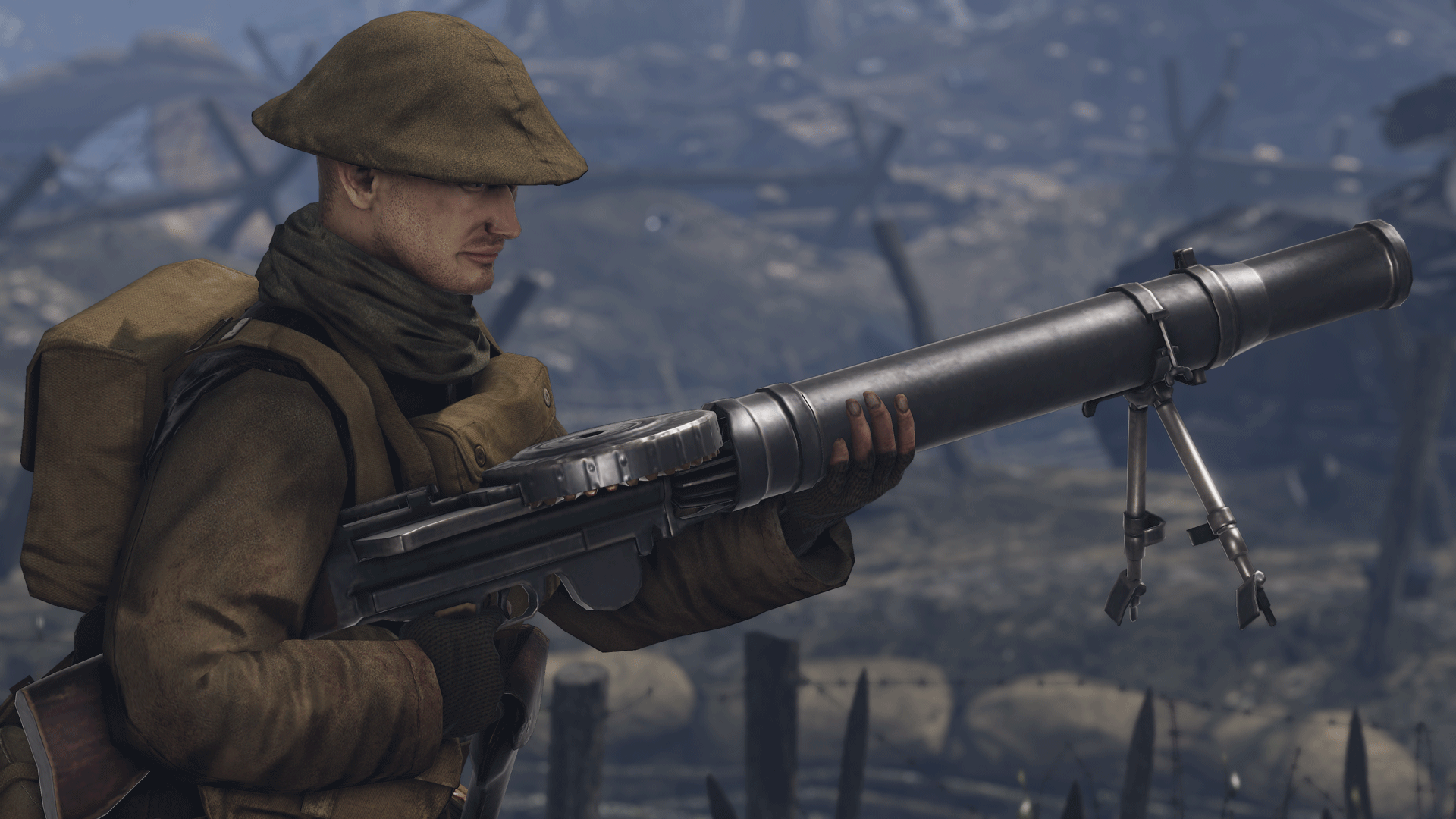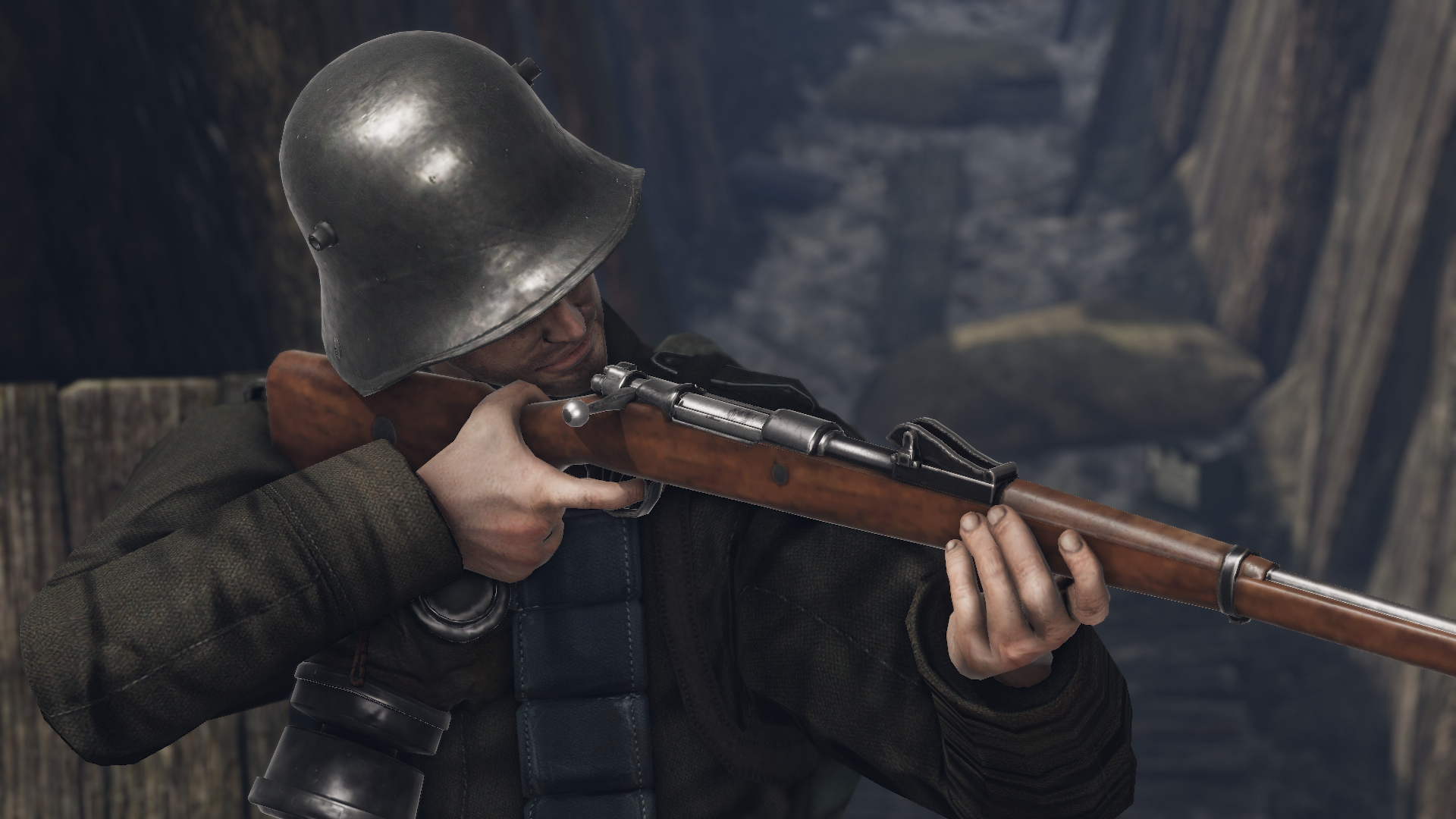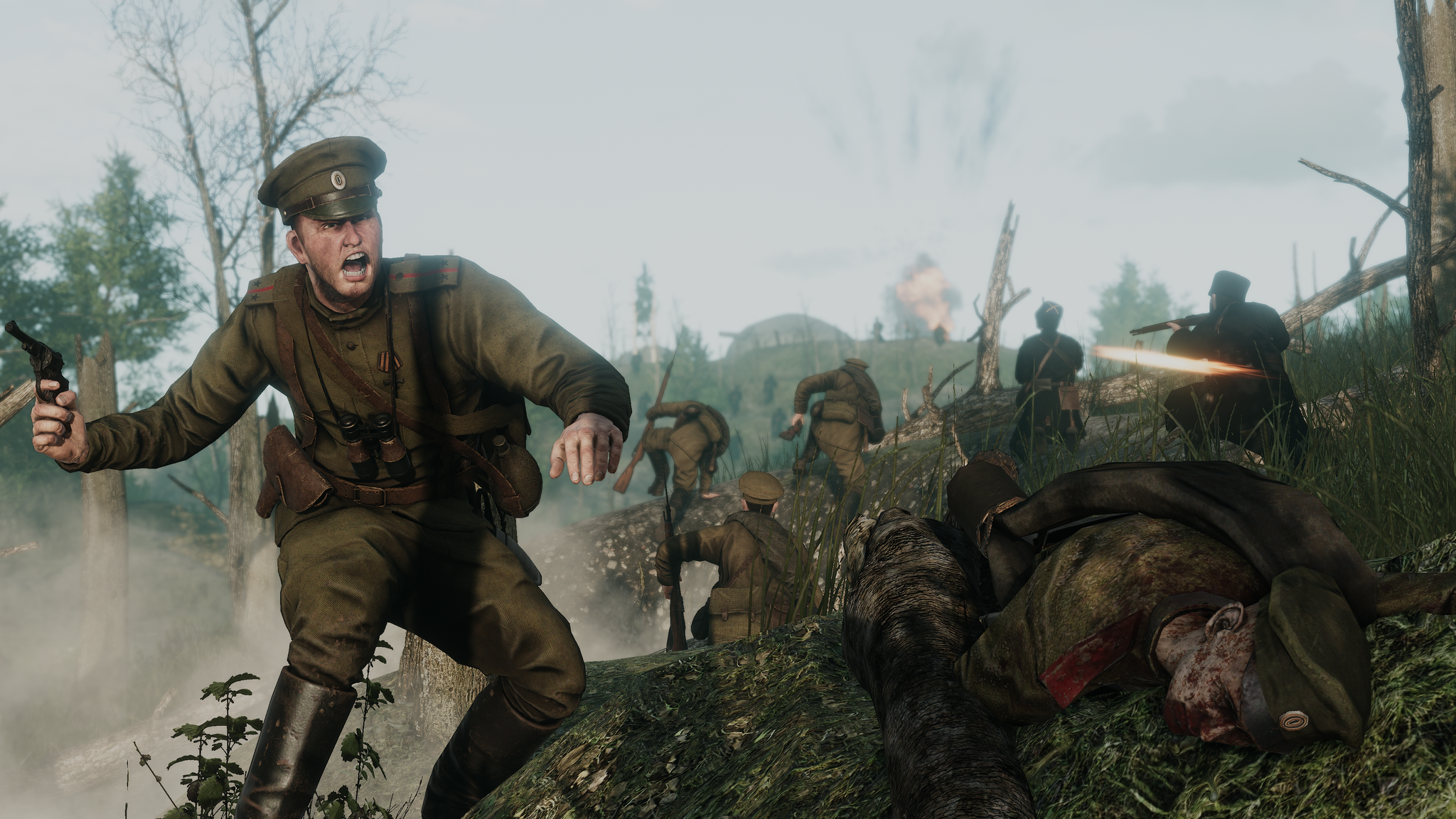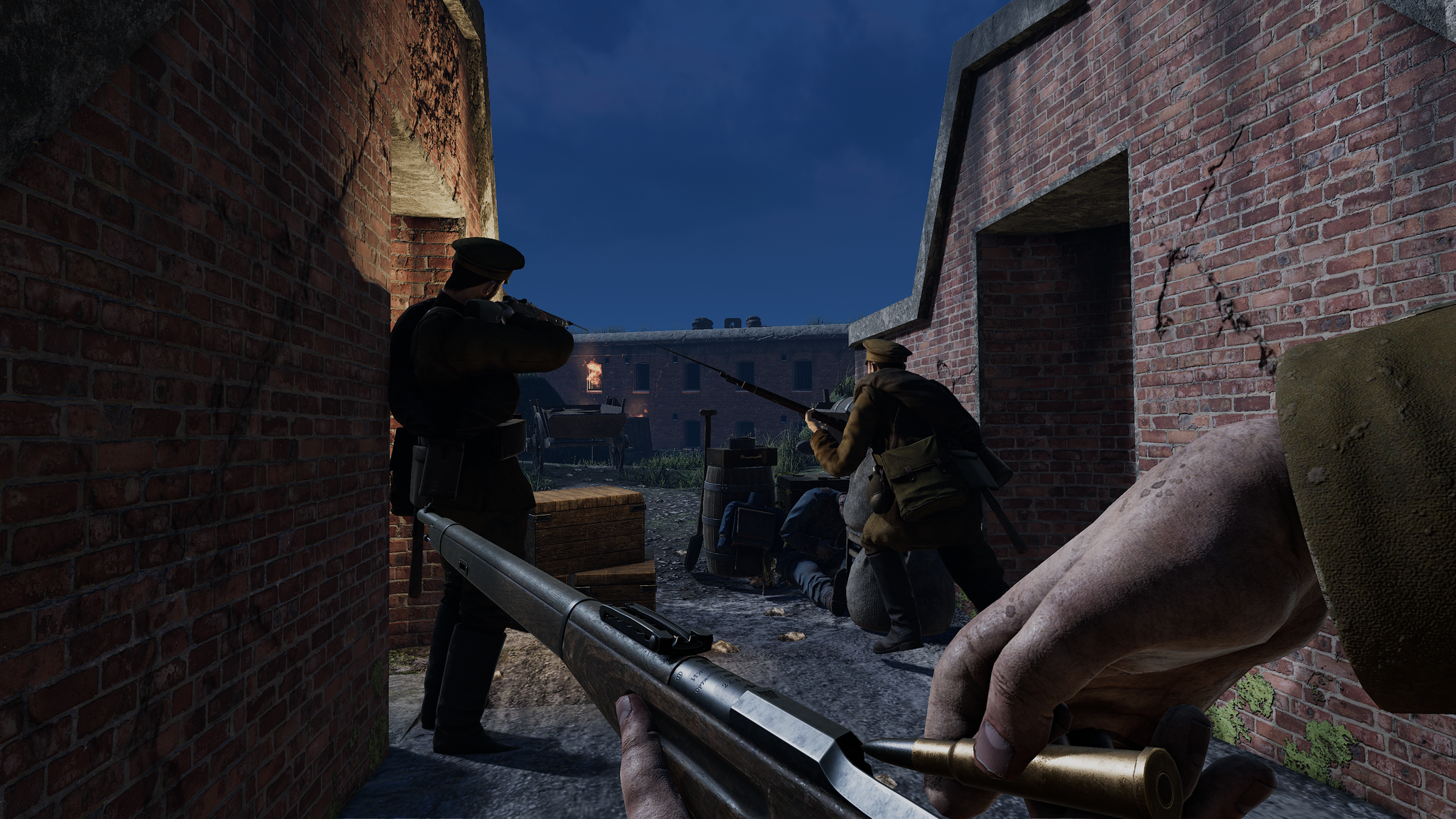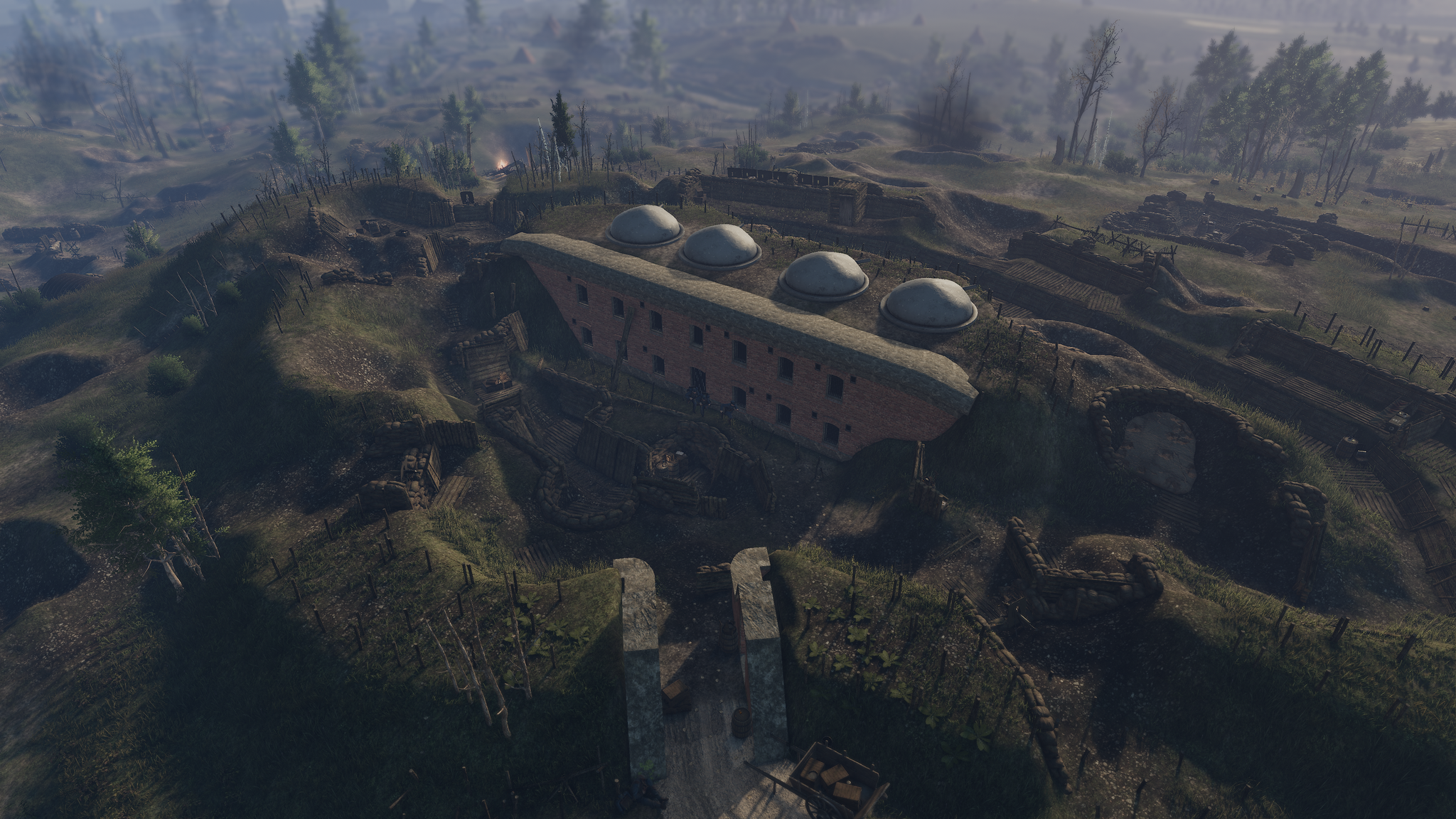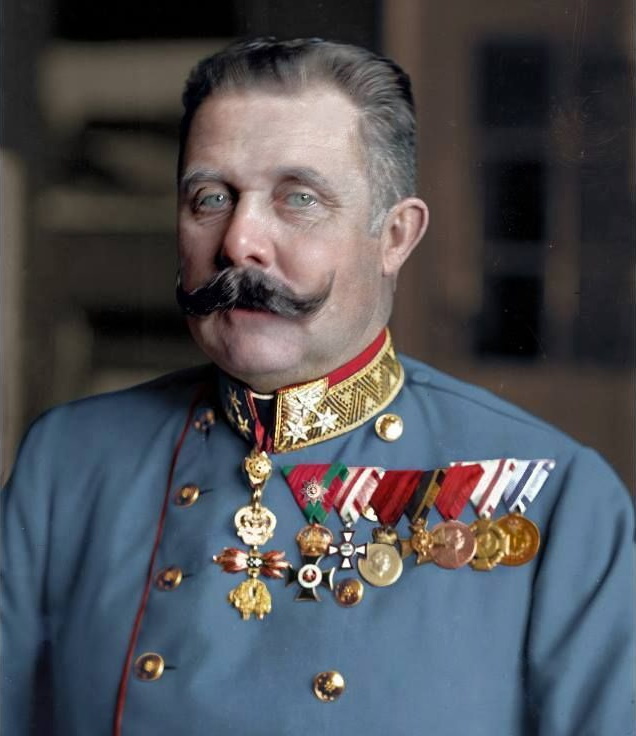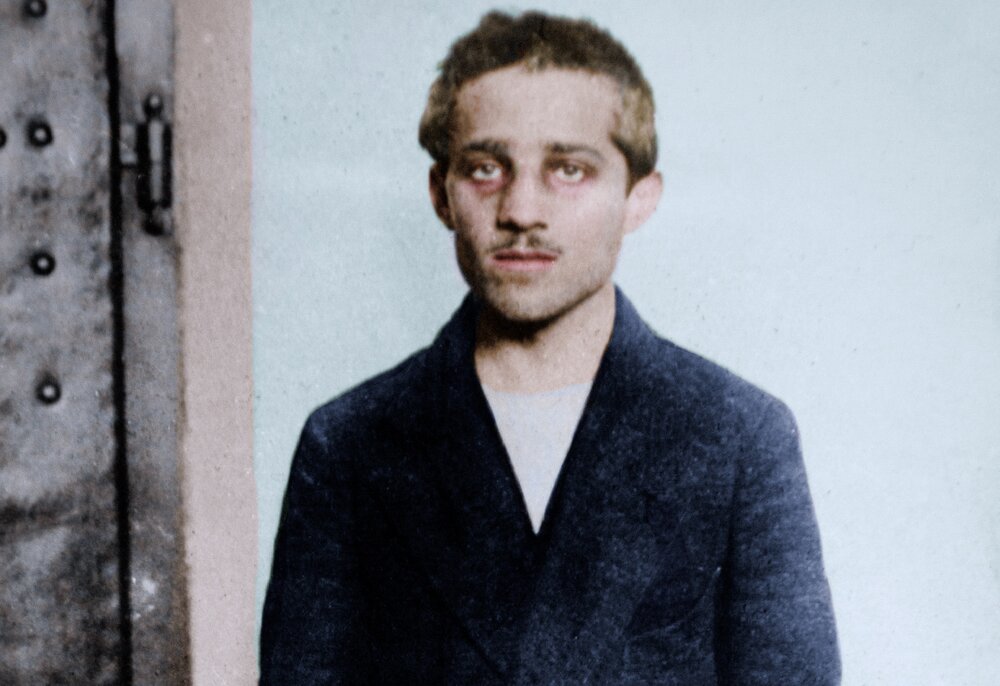
Nov 11, 2020
Verdun - NotLazyJustCrazy
Always Remember
At 11 am on November 11th 1918, the Armistice of Compiègne went into effect and, for many, marked the end of World War I. A good moment to remember those who have fallen during this long and bloody worldwide conflict. In Verdun (and Tannenberg, our Eastern Front World War I game), you have the optional to commemorate the Armistice in-game. Watch the poppy flower turn red in two minutes of silence and earn a special remembrance medal. There is also a filter overlay for your Facebook profile picture to show your compassion. You can simply add the filter on you Facebook profile image by clicking here: {LINK REMOVED}

Learning from the terrors of war
The Armistice was a strange event for the soldiers still fighting. The last soldier to officially be declared KIA in the war, a minute before the Armistice came in effect was US Sergeant Henry Gunther. He was demoted from the rank of Sergeant to private. Seeking to reclaim his rank, he rushed into battle and fell, just a minute before the fighting stopped. It teaches us that life is more important than ambition. 
Henry Gunther certainly wasn’t the only one to fall on November 11th, 1918. In fact, the day had over 11000 casualties. A part of which was because of continued artillery fire, because the soldiers did not want to bother loading up all the remaining ammunition once the fighting would stop, since rumors of an Armistice would have reached several trenches already.
You might think that after the Armistice went into effect, the whole world would burst into song and cheers. This didn’t happen everywhere though, as apparently on the front, the soldiers felt empty and there was a lot of silence among them. A British corporal said: “…the Germans came from the trenches, bowed to us and went away. There was nothing with which we could celebrate, except cookies.”
Life during the war
What it must have been like to be a part of World War I is something that generations born after the conflict ended have been wondering. We have records, diary entries and other accounts to remember what it was like to fight in the trenches or forts. Something we try to share with all of you on a daily basis. More information on the Armistice can be found on our social media channels.
Lest we Forget!





